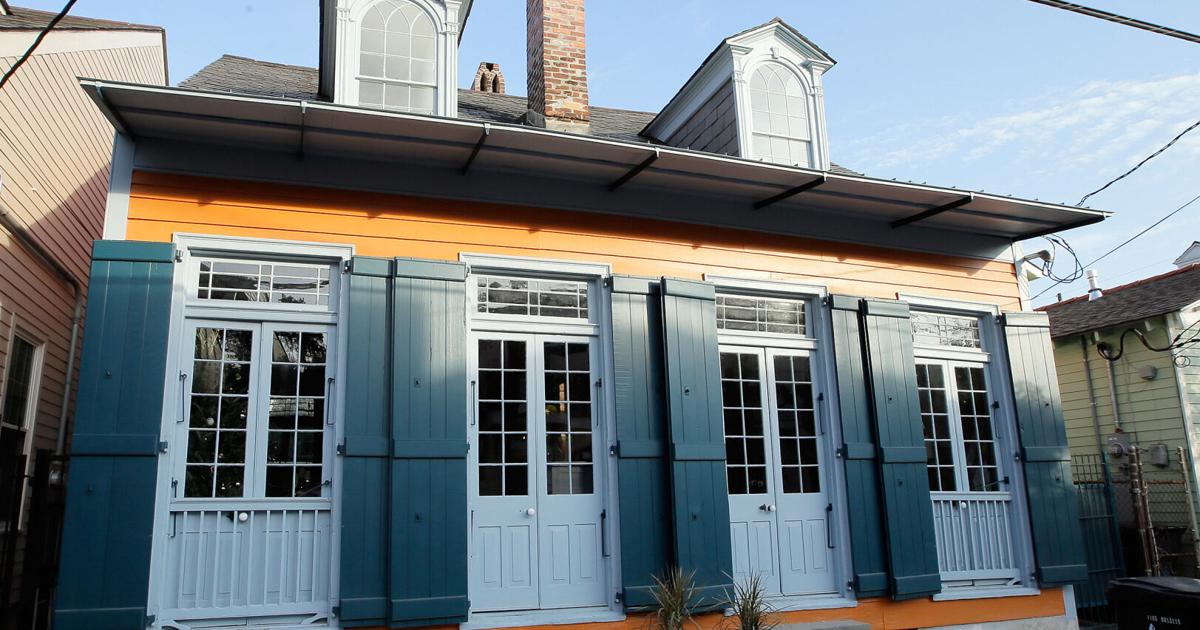How a slave’s daughter became an 1800s New Orleans entrepreneur: A Marigny cottage helps tell the talePosted in Articles, History, Louisiana, Media Archive, Slavery, United States, Women on 2022-05-12 17:43Z by Steven |
NOLA.com
2022-05-09
Mike Scott, Contributing Writer

(Photo by David Grunfeld, NOLA.com |The Times-Picayune)
The little Creole cottage at 1515-17 Pauger St. in the Marigny Triangle is a humble one. Small and tidy, there would have been little to distinguish it from the countless other homes like it in New Orleans when it was built 200 years ago.
But sometimes a house is more than a house. Sometimes, the story it has to tell adds a little flavor to what it has to offer.
That’s precisely the case with the Pauger Street house, which stands out today as a beautifully preserved example of the bricks-between-posts construction — or briquette-entre-poteaux — so common during the city’s French colonial era.
Much more than that, although, the little home represents the indomitable spirit of the lady of shade who, in opposition to all odds, constructed it — presumably as a rental property, no much less — at a time wherein being White and male had been two of an important {qualifications} for such endeavors…
Read the entire article here.

